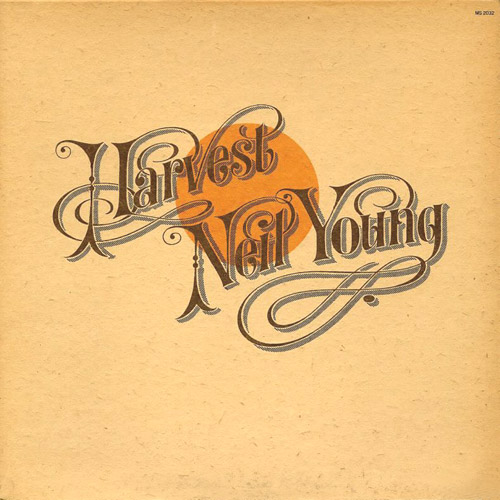
#Neil young harvest moon live code
"After dinner Neil said, ‘Hey, aren’t you the guys who have that Area Code 615 band? That was great!,’" recalls Mazer. It was the work of a lesser-known, all-instrumental group, Area Code 615, featuring Putnam, Briggs, the late drummer Kenny Buttrey and assorted other session hands, that piqued Young’s interest. A cozy retreat that utilized a sprawling living room for recording activity, Quad had already played host to artists like Joan Baez, whose rendition of "The Night They Drove Old Dixie Down" would reach the Top 5 later that year. Months earlier, Mazer, along with session regulars Norbert Putnam and David Briggs, had launched Quadrafonic Sound Studios, a converted two-story, Victorian-era home located just off Nashville’s Music Row.

Young was already contemplating recording a follow-up to his commercial breakthrough After the Gold Rush when he received an invitation to dine with Mazer, an independent New York producer whose credits included Ronstadt’s Silk Purse and Big Brother and the Holding Company’s Cheap Thrills. He was still traveling light when he arrived in Nashville on the weekend of February 6, 1971, to tape a segment of the popular Johnny Cash Show along with fellow rising stars James Taylor and Linda Ronstadt. The predominantly unplugged nature of Young’s output wasn’t entirely a conscious stylistic decision: A debilitating back condition, which would later require surgery, prevented Young from lugging around his beefy Les Paul electric. By the start of 1971 - the year CF Martin hammered out more D-28 acoustic guitars than at any other time in their history - thousands of flannel-clad youths were hard at work emulating Young’s choppy rhythms and learning four-chord wonders like "Down By the River," "Helpless" and “Only Love Can Break Your Heart.”īy that time, Young had already fashioned a brand new batch of tunes, each centered around the distinctive and influential hammer-on rhythm style that would soon become his trademark. It’s been over 35 years since Canadian export Young led the singer/songwriter revolution of the early 1970s as a member of Crosby, Stills, Nash & Young and then quickly became a star in his own right, playing sold-out shows with only acoustic guitar and upright piano for accompaniment.

“On the other hand, it sounded fantastic that first night in Nashville.” "Listening to the tapes, I’m still struck by the overwhelming talent coming out of this guy - it’s just phenomenal," remarked Mazer during one of those re-mix sessions. At the time, Mazer and Young were preparing the classic work for DVD release, which included new track information, archival video footage, as well as a fresh DVD-A surround mix. He, his sister, and longtime Wainwright-McGarrigle accompanist Chai Tannenbaum also did a moving cover of Kate’s “Talk to Me of Mendocino.Back in 2001, producer Elliot Mazer sat in the control room at Neil Young’s Redwood Digital recording studio in Northern California, spooling through the 30-year-old master tapes containing the tracks to Young’s 1972 opus Harvest. Wainwright honored his late mother Kate McGarrigle, who died in 2010, with a group sing-along of “First Born,” which she wrote when he was a kid in the 1970s and recorded with his aunt Anna. Martha Wainwright covered her brother’s “Montauk,” and Joan Wasser, otherwise known as Joan as Policeman, tackled his “Sword of Damocles.” Wainwright drolly announced that the first half would be devoted to the “the soulful, pensive, depressing stuff,” which included Wainwright performing “Poses” by himself and “Millbrook” with Fallon. With a lineup that included Jimmy Fallon, comic Tig Notaro, Laurie Anderson and members of Wainwright’s family, including his sister Martha and his father Loudon III, the show was a benefit for its locale: the Montauk Point Lighthouse, the fourth-oldest working lighthouse in the country.

Rufus Wainwright won’t hit age 50 until July 22, technically, but he started the festivities a few days early with “Fifty Isn’t the End,” a three-hour show at Long Island’s East End that was a tribute to Wainwright’s career, his family lineage and, inadvertently, some of the other children of famous musicians who happen to be among his pals.


 0 kommentar(er)
0 kommentar(er)
